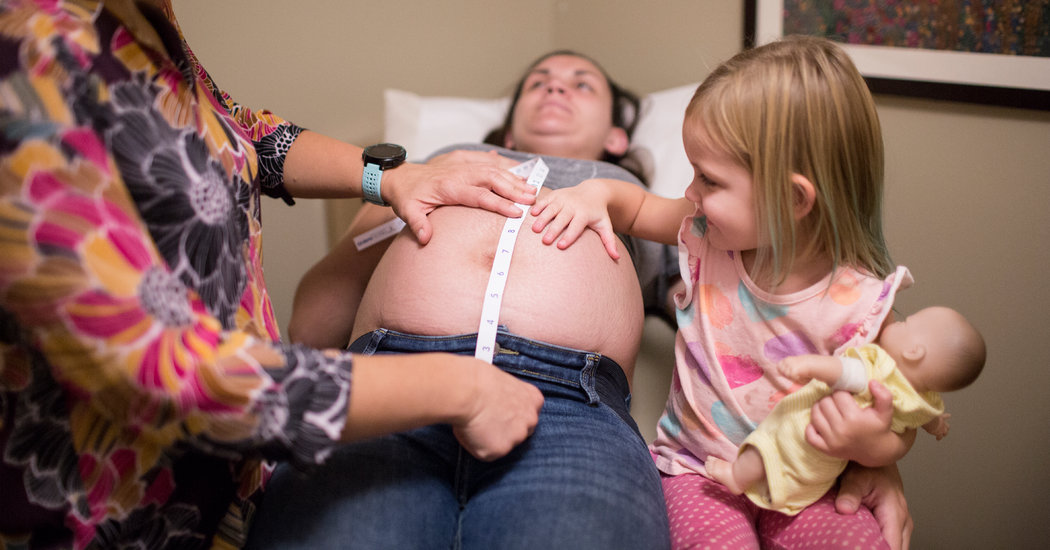
Sometimes birth centers “have a comfortable agreement with the nearby hospitals and midwives have privileges there, and that’s fine,” said Dr. Woo, who has advocated for improved integration of birth centers. “Other times, they have no relationship, and then that often is what leads to bad outcomes, because there will be delays in transfer of care,” she said.
In the United States, about 22 percent of women planning to give birth at a birth center end up transferring to a hospital during labor or soon after giving birth with 2 percent being emergency situations.
Unfortunately, Dr. Tarr was one of these. She unexpectedly hemorrhaged after her daughter was born and had to go by ambulance to a hospital. It was scary, but she got appropriate medical attention in time, and the admitting nurse told her that the midwife had done everything right. Still, Dr. Tarr isn’t sure she would choose a birth center if she had another child. “I am happy with the birth experience I had there, but I am also more scared of what can happen, with no warning, even if you’re low risk.”
Giving birth outside of a hospital doesn’t mean it’s more dangerous, said Dr. Calvin, who specialized in high-risk obstetrics for 25 years before opening a birth center.
Wherever you give birth, your safety depends on what Dr. Calvin calls your “perinatal safety net.” How far are you from an operating room, an anesthesiologist, a blood bank, if something catastrophic happens? Consider that distance in miles, in minutes, and in the vigilance of the people you’ve trusted with your care. Ideally, a birth center should be within 10 to 15 minutes of a hospital, with a well-defined plan for transport, he said.
Dr. Calvin also points out that access to these medical resources is not a given in the United States, even in hospitals. A California study found that just 50 percent of community hospitals had 24-hour anesthesia availability and only 56 percent could perform an emergency C-section within 30 minutes.

